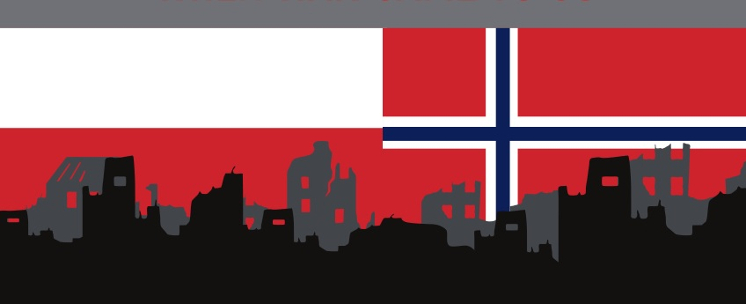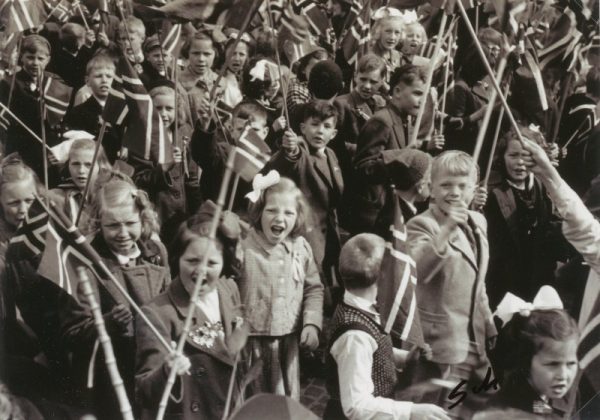End of the War
The first part of Norway to be liberated from the occupiers was the northernmost parts of the country, where Soviet forces entered the Norwegian border town of Kirkenes. While Soviet forces shifted roles from liberators to occupiers in Eastern Europe, Norway was the only country where they withdrew after the war.
By May 1945, there were still almost 350,000 German soldiers in Norway. The Allies were concerned whether they would continue fighting despite Hitler’s death, but on May 8th, the German garrison surrendered to the Norwegian resistance movement.
Immediately after the surrender, the resistance movement took control of key locations in the country. Thousands of Norwegians who had fled to Sweden during the war and received military training, arrived to maintain law and order. Soldiers from Great Britain and the United States also arrived to demobilize the German soldiers.
Scenes of joy played out all over the country as the population celebrated their freedom. However, it was also a time for settling scores. Over 90,000 Norwegians were investigated for treason, and over 45,000 were punished. 30 Norwegians were executed because of treason, including Vidkun Quisling. Punishments and revenge also took more informal forms. The 30-50 000 women who had relationships with German soldiers, had in many cases their hair forcibly cut and were declared unwanted in their local communities. Those who had married Germans even lost their Norwegian citizenship.


